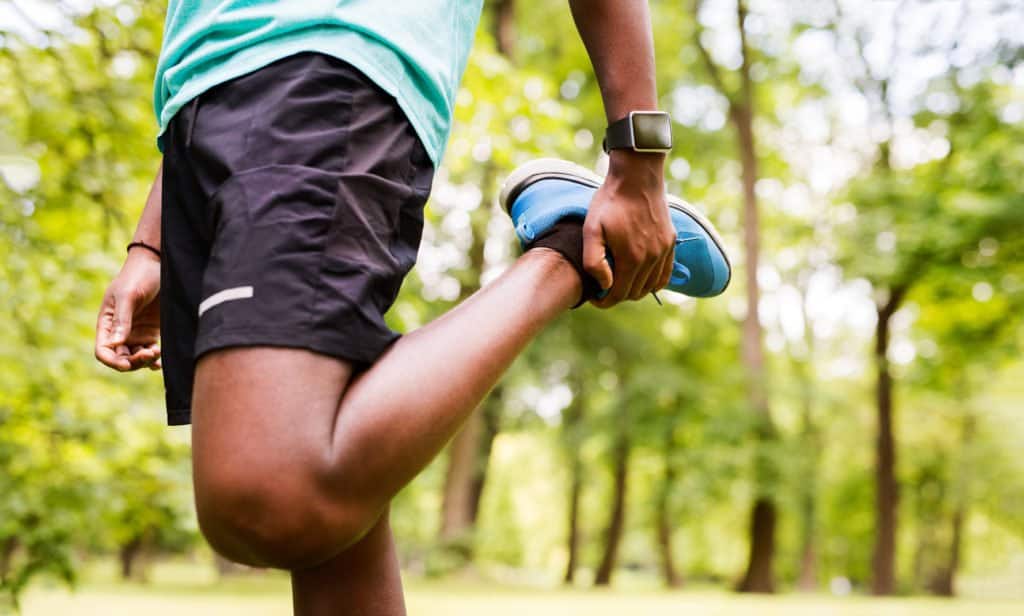
As we progress through our calendar year, the days become longer, the sun shines a little brighter and the temperature becomes a little warmer. Those “dog days” of summer can be a lot of fun, going to the beach, playing in the pool and we can’t forget those backyard picnics. Summer also is the time we often increase our overall physical activity levels, participating in a multitude of outdoor activities. Hiking, biking, jogging/running and who can forget the endless yard work? No matter what activity we choose, some simple steps and a little common sense can keep us safe and injury free while we enjoy the beautiful summer weather.
Thermal distress and heat injury often occurs to our body during times of intense physical activity with elevated temperatures. Thermal distress includes the following: dehydration or loss of body fluids; heat cramps involuntary cramping of muscle; heat exhaustion hypotension (low blood pressure) and weakness characterized by a rapid, weak pulse, faintness, profuse sweating and possible disorientation; heat syncope fainting in the heat; and heat stroke or failure of our temperature regulatory center (hypothalamus), which represents a major medical emergency.
How we tolerate exercise activities in higher temperatures depends on the ability to dissipate heat and maintain blood flow to active muscles. Maintaining fluid balances, taking frequent breaks and performing adequate warm up/cool downs are vital in avoiding serious problems in competitive/recreational sports and outdoor activities in general. Adhering to these basic principles and using some common sense will help us to enjoy that summertime fun safely.
Preventing Thermal Distress:
1. Make gradual increases in intensity/duration of training and/or activity until you are fully acclimatized.
2. Avoid becoming overheated prior to activity (avoid pre-exercise heat storage).
3. Be aware of early symptoms of heat stress, such as thirst, fatigue, lethargy and visual disturbances.
4. Athletes should not run faster than their normal training intensity.
5. Athletes should not compete if they have any illness accompanied by fever or had a fever shortly before the event. Other conditions that decrease heat tolerance include sleep loss, hypoglycemia (low blood sugar) or recent heavy alcohol consumption (i.e. “hangover”).
6. Schedule practices/games during cooler times of the day.
7. Plan for regular fixed breaks. Drink one cup of fluid replacement beverage every 15-20 minutes. A drink that is cold and contains some carbohydrate with a small amount of electrolytes is a good choice.
8. “Tank up” before practice or games by drinking 2 1/2 cups of fluids 2 hours before activity and an additional 1 1/2 cups 15 minutes before.
9. Dress appropriately.
(Contributing writer: John Kravetz, MPT)
